Demystifying Django : A Complete Guide for the Framework
Authors : Suraj Samgir, Harshada Sawai, Bhairavi Shirsath, Bhakti Bhande and Srushti Gawade.
Introduction to Django
1. What is Django?
Django being a high-level Python web framework had proved to be a helping hand for the programmers to create web apps rapidly and effectively. Since Adrian Holovaty and Simon Willison released it for the first time in 2005, a devoted community has been working hard to maintain and develop it. Django was created to make database-driven website development easier and the process of creating web applications much more simpler. Django is well-known for its adaptability, flexibility and simplicity. Its model-view-template (MVT) architectural pattern makes it simple for developers to divide their concerns into those related to data, presentation, and business logic.
2. Django vs. Other Frameworks
When it comes to selecting the right framework for developing/creating web applications or websites, Django always stands out from the crowd. Compared to other popular frameworks like Ruby on Rails and Laravel, Django offers variety of unique advantages. For beginners, Django provides a highly organized and standardized project structure, thus making it easy to understand and maintain. It also comes bundled with a wide range of features and libraries, such as an ORM (Object-Relational Mapping) tool, user and password authentication system, and an administration panel, which helps developers to save their time and effort.
One of the standout features of Django is its focus on code reusability and modular design. Django allows developers to create reusable components called “apps,” which can be easily integrated into various different projects. This modular approach ensures efficient development and encourages collaboration among developers.
3. Future Scope for Django
Django has a vibrant and supportive community that does releases updates on a regular basis, they also keep on adding new features, and provides extensive documentation. The future scope of Django seems promising, with rapid ongoing development and a strong user base that continues to grow.
Working with Django
1. Setting up Django
Getting started with Django is relatively straightforward. To begin, you need to install Django and its dependencies on your local machine. Django can be installed using pip, Python’s package installer.
There are a quite few pre requisites to install Django on your systems environment. You need Python installed on your system. Python’s package installer i.e. pip should be upgraded before installing Django. Use the command “pip install django” to install Django in your system.
2. Creating a Django Project
After installation, all it takes to start a new Django project is one command. In your terminal, simply type “python -m django startproject project_name” or “django-admin startproject project_name” and hit Enter. Enter the desired name of your choice in place of “project_name”. The intended location will be the place for project’s creation.
When you create a Django project, your code is organized into numerous files and directories within a well defined project structure. It is essential to comprehend its structure for maintenance or upkeep and also for the effective development. It is made up of several files, including urls.py, manage.py, settings.py and many more, each of which has a distinct function and adds to the project’s overall functionality. Entering the command “python manage.py runserver” in the terminal will launch or start the project. The project uses port 8000 by default and is hosted on localhost i.e. 127.0.0.1.
3. Building a Django App
A web application with a specific or special significance within your project is referred to as a “app” in Django. It could be the project’s home page, a database of members, a contact form, or any other major component of the project.
Making a Django application for your project is a vert simple task. The command “python manage.py startapp appname” can be used to build an app. Change the “appname” to the name of your preference or choice. The application will be built under the project folder and it generally consists of folders like “pycache” and “migrations”, along with other Python files such as tests.py, admin.py, models.py etc.
Building Blocks of Django (MVT)
1. What is the MVT Architecture ?
The MVT structure is followed by Django Architecture. The letters M, V, and T in MVT stand for Model, Views, and Templates, respectively. The view is a Python function used to handle the web request, the template holds static material such as JavaScript, HTML, and CSS, and the model lays down the structure used to store the data in the database.
2. Django Models
At the core or heart of Django, lies its powerful Object-Relational Mapping (ORM) system, which helps simplifying database management. Models in Django are nothing but the Python classes that defines the structure and behavior of your data. They act as a bridge between the web application and the database, which allows you to interact with the database using simple Python code instead of writing the complex SQL queries.
Creating and configuring models is a straightforward process in Django. You can define fields and relationships within your models, specify their data types, constraints, and several optional attributes. Django provides a rich set of built-in fields, including integers, strings, dates, and various types of relationships like one-to-one, one-to-many, and many-to-many.
3. Django Views
The functionality for rendering websites or API replies in Django is handled by views. Users send requests to them, which they process and produce a suitable HTTP answer for. The two view types supported by Django are function-based and class-based.
You can construct a Python function that accepts a request as an argument and returns a response using function-based views. These views are an excellent option for smaller projects because they are clear-cut and uncomplicated.
On the other side, class-based views offer a more organized and reusable method. They let you construct a class with many methods to handle different HTTP methods (POST, DELETE, GET, PUT, and so on) for view logic. Code reuse is encouraged and a higher level of abstraction is provided by class-based views.
4. Django Templates
Templates in Django does provide the presentation logic for your web application. They allow you to separate out the structure and design of your webpages from the code that underlies. Django uses its own template engine, which employs a markup language similar to HTML but with various additional features such as template variables, tags, filters and many more. The template system in Django is popularly known as “Django Template Language” or “DTL” in short.
Creating and organizing templates in Django is an easy task. You can define HTML templates with placeholders for dynamic content, which can be filled using template variables and filters. Templates with the help of Django’s inbuilt template system i.e. DTL or Django Template Language can also incorporate conditional logic, loops, and template inheritance, enabling you to customize and reuse components.
Database Management and ORM in Django
1. Database Configuration
Django offers flexibility when it comes to choosing a database for your application. It supports a variety of databases, including SQLite, MySQL, PostgreSQL, and Oracle. Configuring a database in Django involves specifying connection details in the project’s settings file.
Each database has its own specific configuration settings, such as the database engine, host, port, username, and password. Django’s ORM abstracts away the differences between different databases, allowing you to write database-agnostic code.
2. Django ORM
An easy and expressive approach to work with the database is through Django’s ORM. It saves you from having to write raw SQL queries by enabling you to execute database operations using Python code.
Following the “batteries included” philosophy, Django ORM offers a large selection of pre-built methods and query expressions to carry out typical database tasks. This covers sophisticated operations like aggregations and joins in addition to data retrieval, filtering, and ordering.
3. Migrations in Django
As the web applications continued to evolve rapidly, the database schema often demanded for a change. Django’s migration system does simplifies the process of updating the database schema in a very structured and consistent manner. Migrations allows you to define the alterations to your database models that are done over a period of time.
By generating and applying migrations, Django automatically manages the modifications, creation, and deletion of the database tables and fields. This makes it easier to keep the database schema in sync with your codebase, even when you are working in a team or deploying updates to production.
Django Forms and User Authentication
1. Django Forms
Web applications often have a little complicated form handling, but Django consisting of various built-in form handling features make things much easier. An abstraction layer offered by Django forms facilitates the process of form development along with validation and error management.
In order to create and manage forms in Django, one must first design a form class that contains the form’s fields and validation criteria. Many form field kinds, such as text inputs, checkboxes, select boxes, and more, are available in Django. It also has error warnings and automatic validation, which makes form handling much more simpler and safer.
2. User Authentication
A vital and the most important fundamental aspect component of many web applications is user authentication. Django manages the core aspects of user registration, login, and passwords using its strong and safe authentication system.
You can handle password hashing, user authentication and, also the implementation of password resets and account activation procedures with ease, thanks to Django’s authentication system. Moreover, Django provides extensive support for user roles and permissions, which let you efficiently manage various access levels and apply authorization controls.
Advanced Features and Best Practices in Django
1. Django Admin Interface
Django’s administrative interface provides a simple way to work with and manage database data. It offers an easy-to-use interface for adding, changing, and removing data as well as managing tasks.
Furthermore, the Django admin interface is highly customizable, enabling you to enhance its functionalities and tailor it to the specific needs of your project. A few lines of code, are all that are needed to add extra fields, filters, and actions, which speeds up administrative labor and enhances user experience.
2. Django Security Best Practices
Web development requires security, and Django provides many capabilities and best practices to make your applications secure. It offers defense against prevalent security flaws like SQL injection attacks, cross-site scripting (XSS), and cross-site request forgery (CSRF).
It is crucial to adhere to best practices like as input validation, secure session management, and appropriate handling of sensitive data in order to guarantee the security of your Django applications. To further reduce risks, Django offers capabilities like secure cookie handling, password hashing, and defense against brute-force assaults.
3. Django Testing and Debugging
Debugging and testing are crucial phases in the development process, and Django offers methods and tools to make these jobs easier. You may create unit tests using Django’s testing framework to make sure your code is correct and your application works as intended.
Django has an integrated development server that offers comprehensive error messages and stack traces for debugging. Additionally, it facilitates interface with widely used debugging tools, allowing developers to quickly locate and resolve problems. Django also offers performance improvement guidelines to make sure your apps are operating smoothly and effectively.
Deployment and Hosting of Django Application
Ensure that your Django application is properly configured and works correctly in your development environment. Make sure all dependencies are listed in your requirements.txt file.
Select a hosting platform – Popular choices include cloud services like AWS, Google Cloud Platform (GCP), Microsoft Azure, and Heroku. Select a hosting provider based on your needs, budget, and familiarity with the platform.
Configure your database settings according to your hosting provider’s guidelines. Common databases used with Django include PostgreSQL, MySQL, and SQLite.
Collect and serve static files (CSS, JavaScript, images) using Django’s collectstatic management command. Configure your web server or hosting platform to serve media files (user uploads) in production.
Store sensitive information, such as database credentials and secret keys, as environment variables. Most hosting platforms provide a way to manage environment variables.
Deploy your Django application with a web server like Gunicorn or uWSGI. These servers handle incoming HTTP requests and communicate with the Django application. Set up a reverse proxy server (commonly Nginx or Apache) to forward requests to the Gunicorn/uWSGI server.
Enable HTTPS to encrypt data in transit. You can use tools like Let’s Encrypt to obtain SSL certificates. Set up firewalls and security groups to restrict access to your application.
Implement automated deployment scripts or use continuous integration tools like Jenkins, GitLab CI, or GitHub Actions to streamline the deployment process.
Set up monitoring tools to track your application’s performance, such as New Relic or Datadog. Configure logging to capture errors and important events for debugging purposes.
Monitor your application’s traffic and scale your hosting resources accordingly. Many cloud platforms offer auto-scaling features.
Conclusion
We have covered every facet of Django in this extensive overview. We began with an overview of Django, contrasting it with alternative frameworks and emphasizing its potential. After that, we got into configuring a Django project and learning about its fundamental components.
We went over the essential ideas of Django development, covering everything from models and views to templates and database administration. We also spoke about the robust form handling features and user authentication system of Django.
We also looked at advanced features such the Django admin interface, security best practices, and debugging and testing methods. You may create scalable and reliable web apps by adhering to these recommendations and making use of Django’s features.
Django provides a thorough framework that makes web application development easier for developers of all skill levels while maintaining flexibility and scalability. Building intricate and feature-rich online applications is made easier with Django’s ever-expanding environment and friendly community.


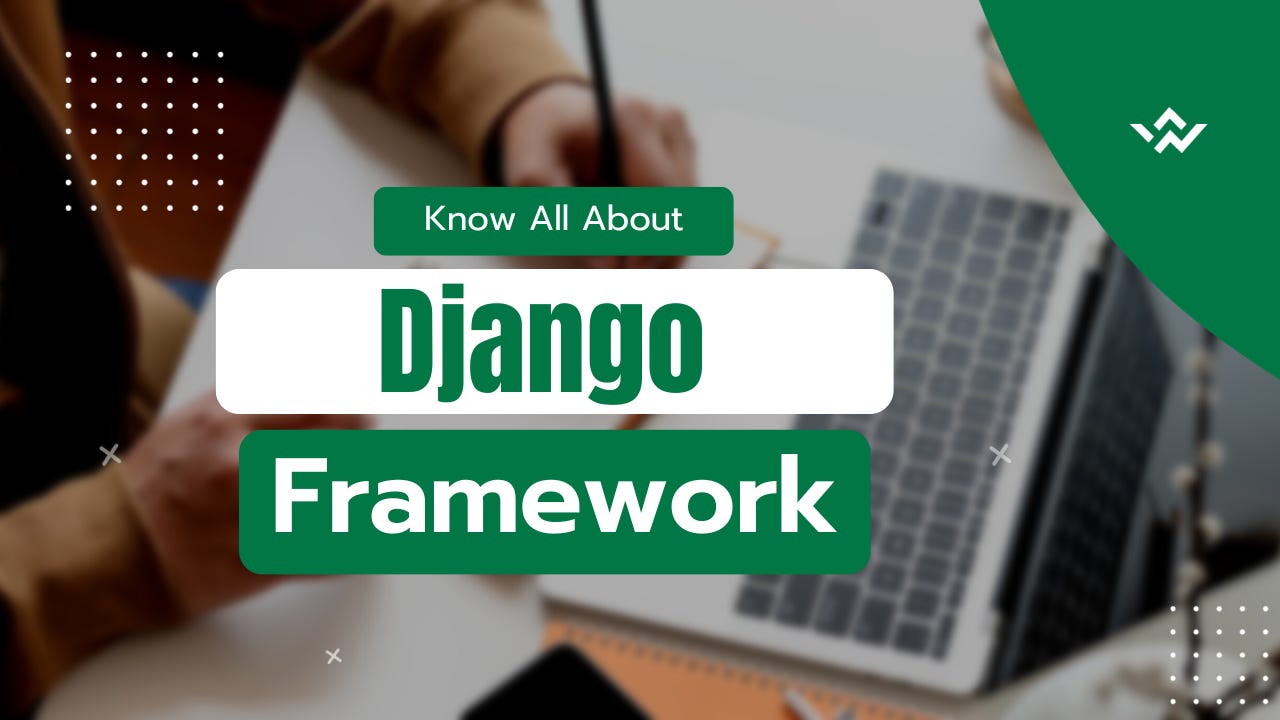
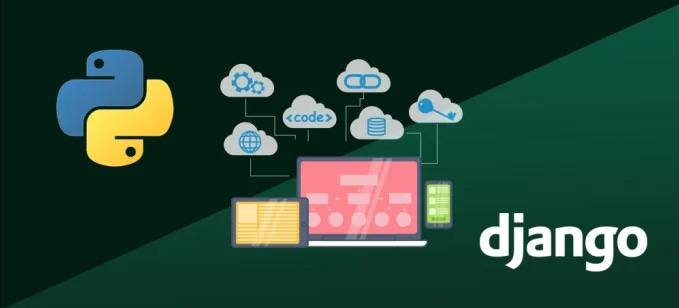

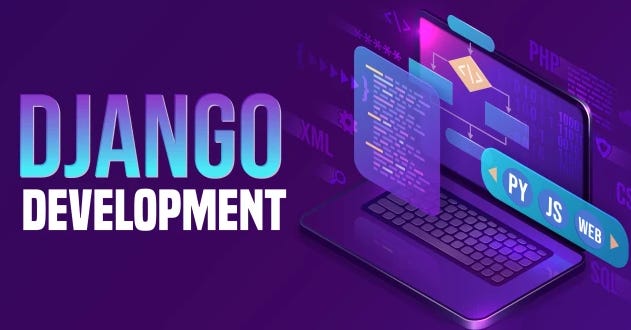
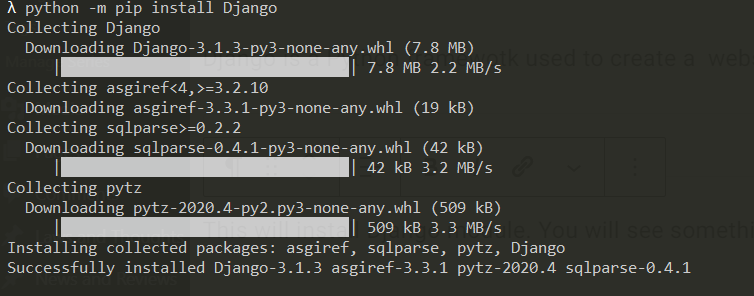
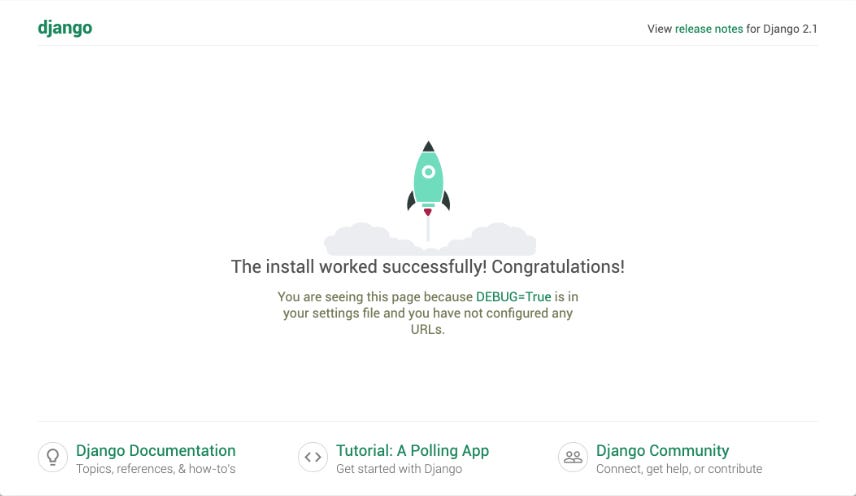
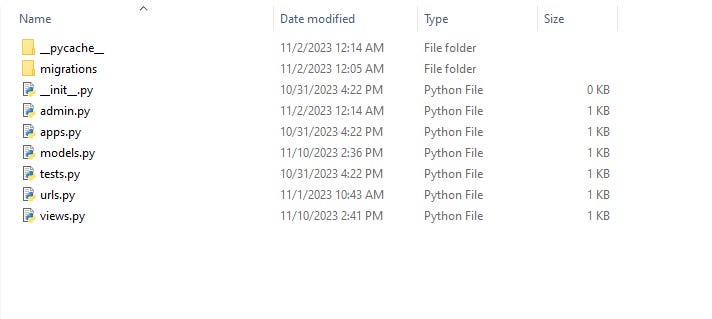
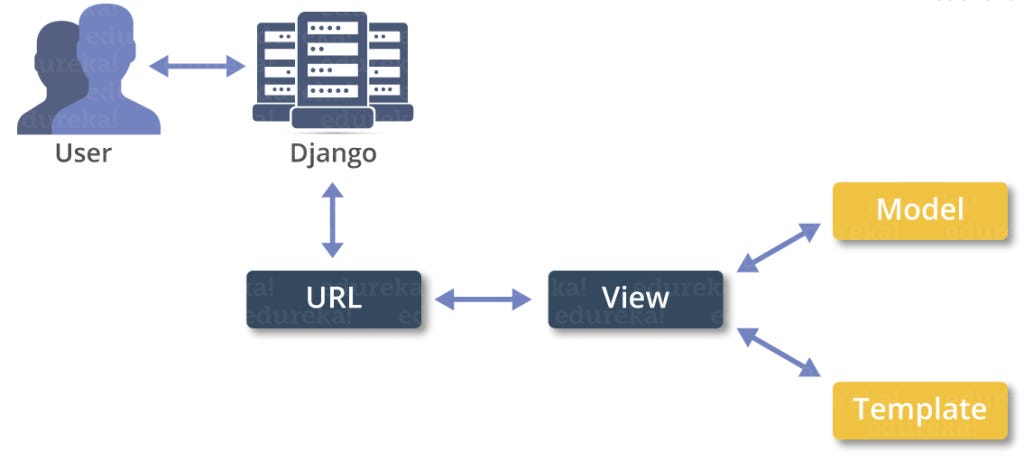
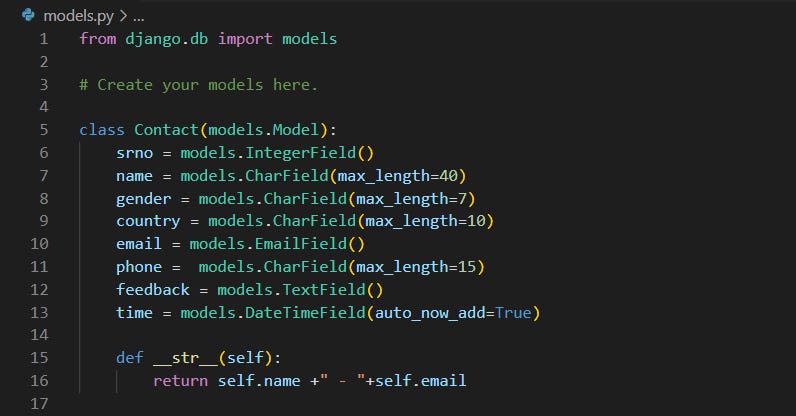
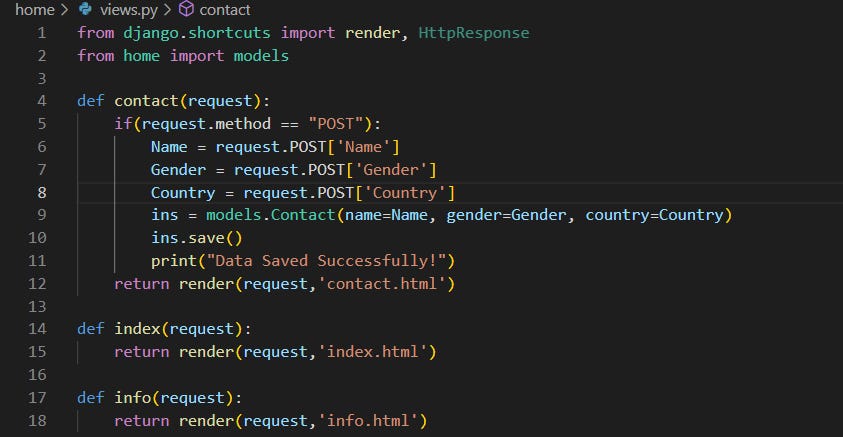
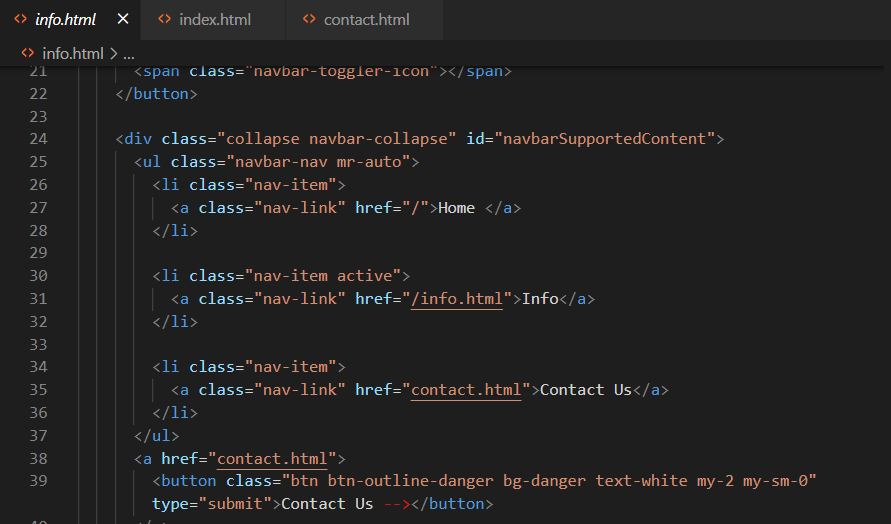

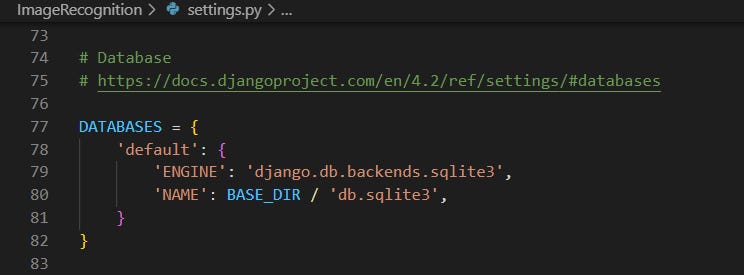
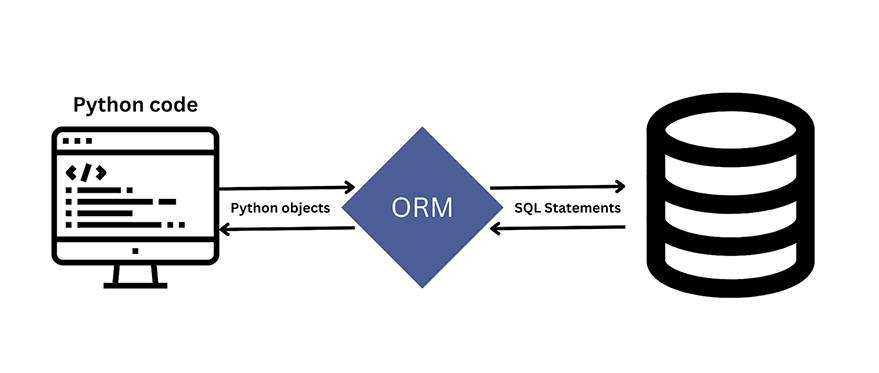

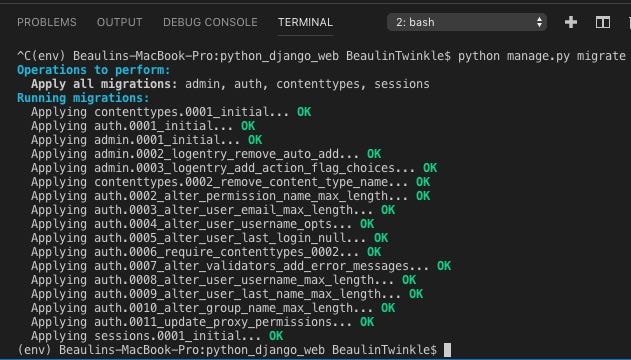

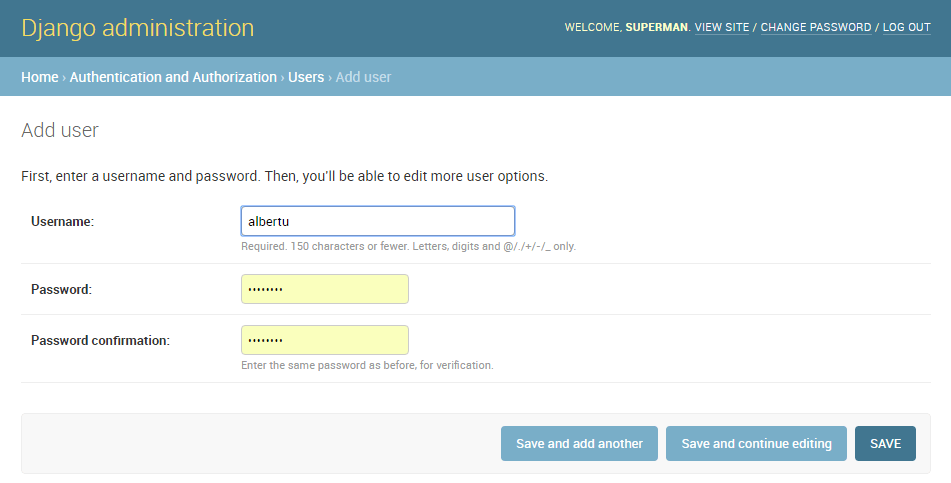
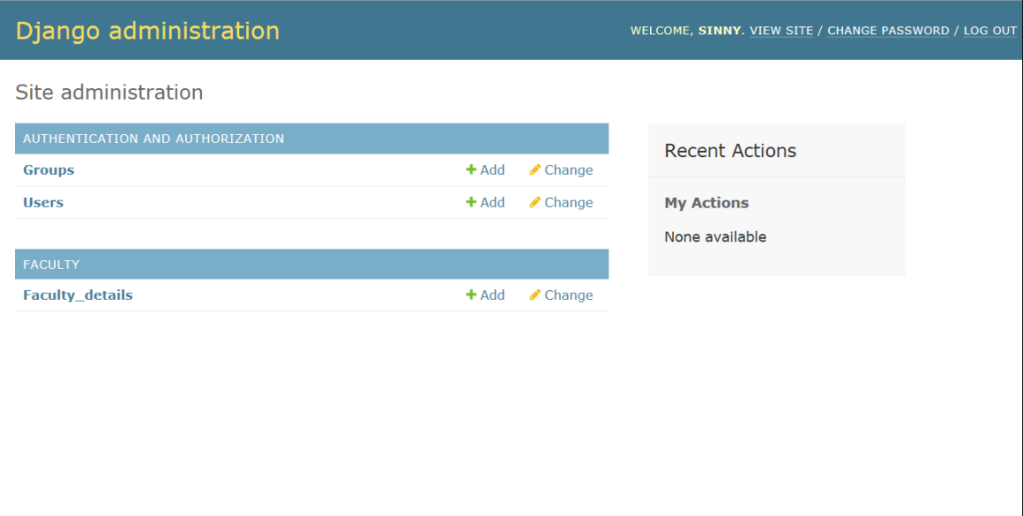

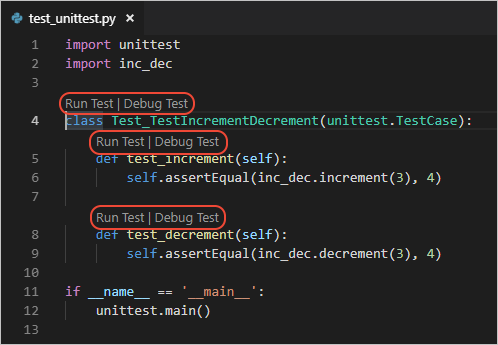
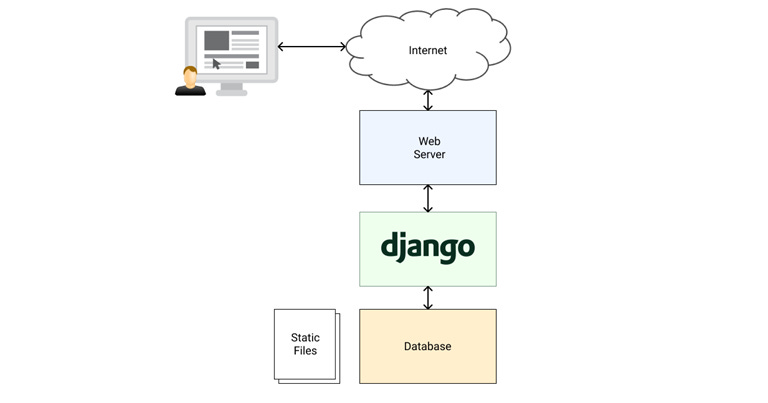
Nice work and great effort 👏
Good to learn about Django in easy way!